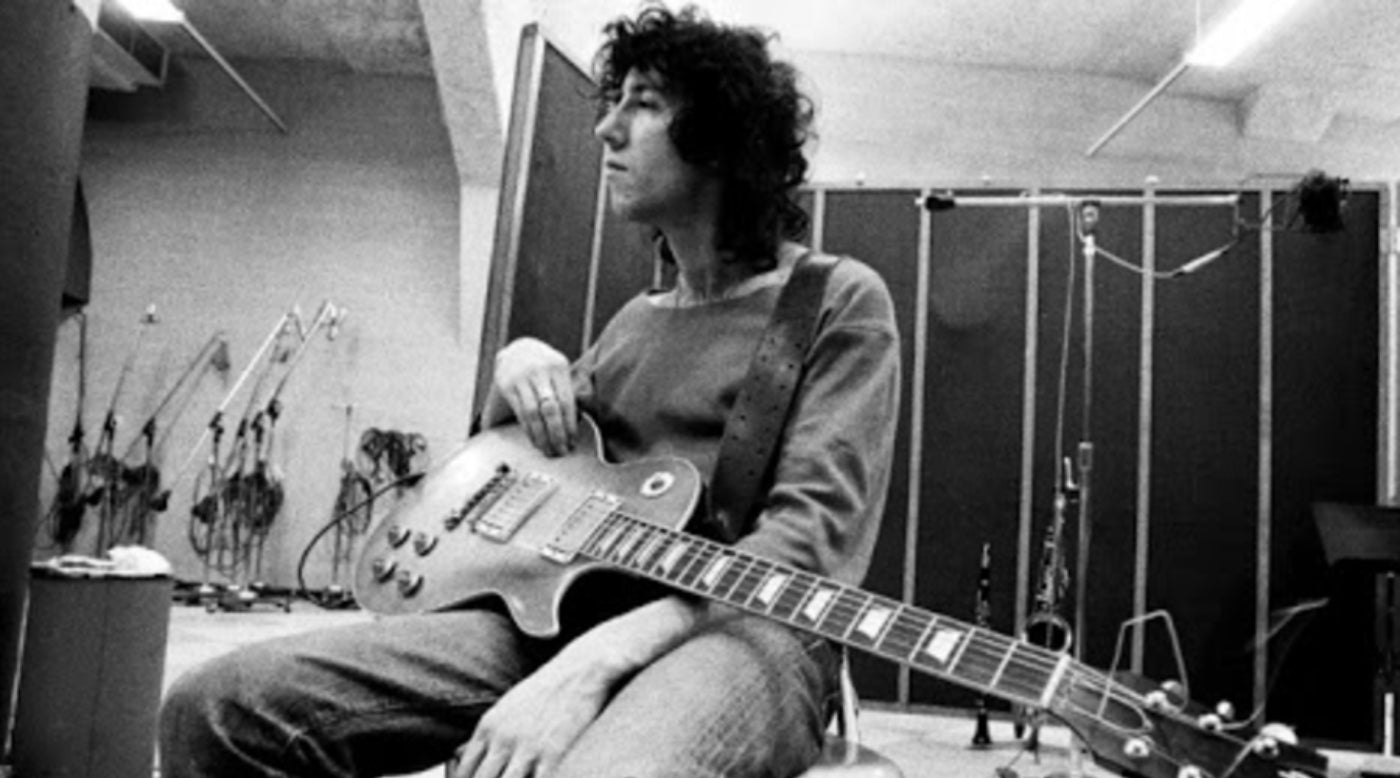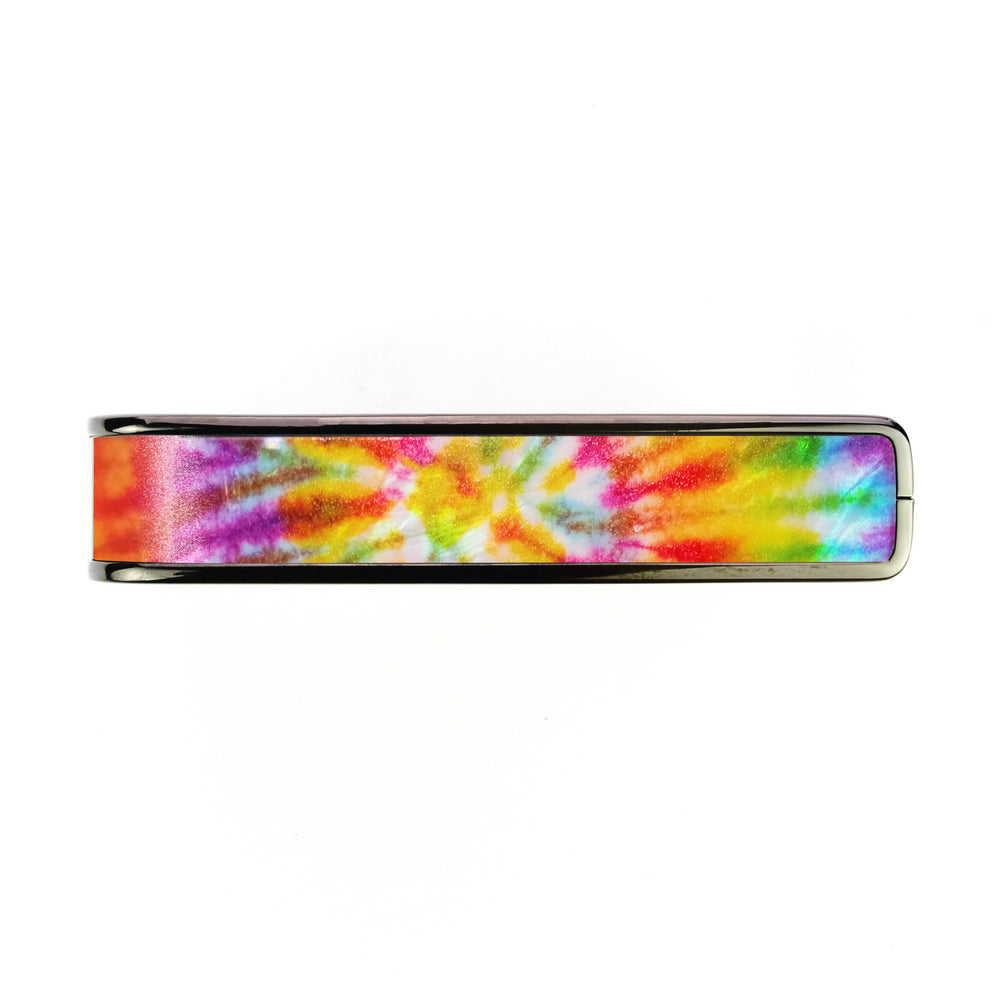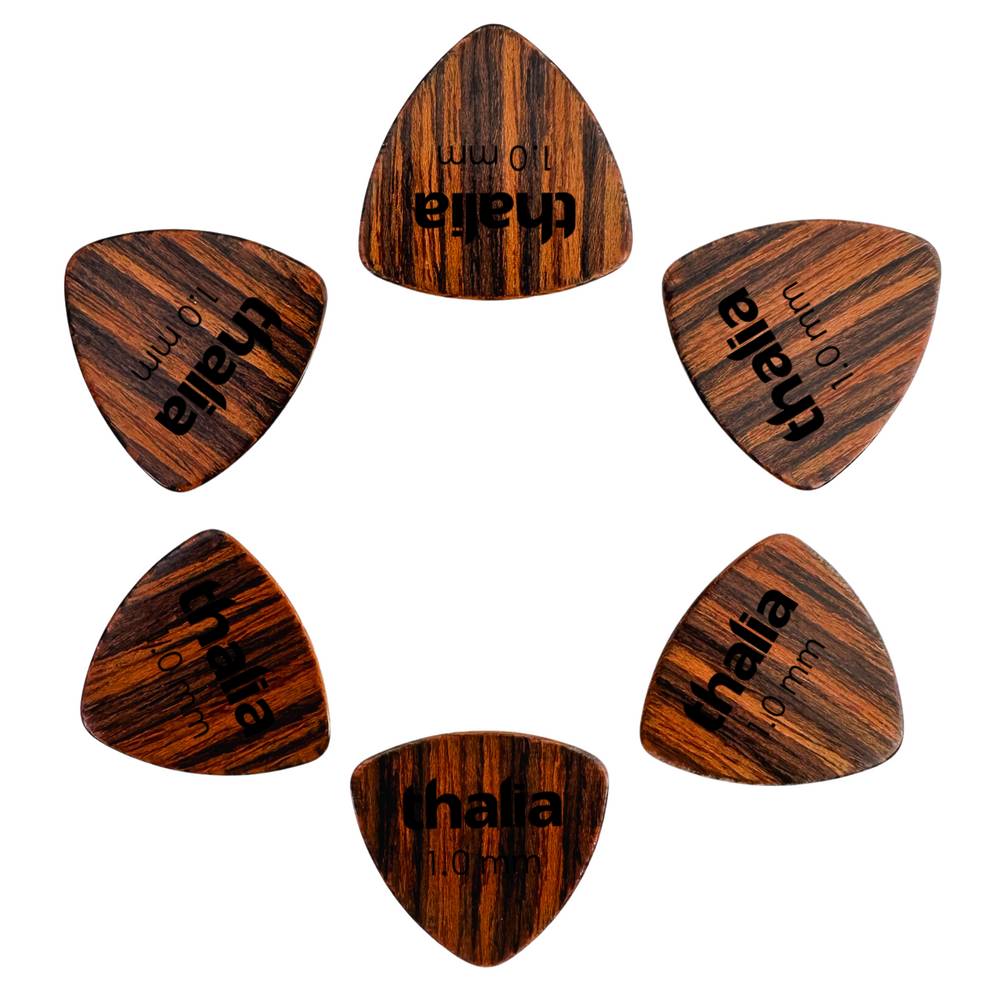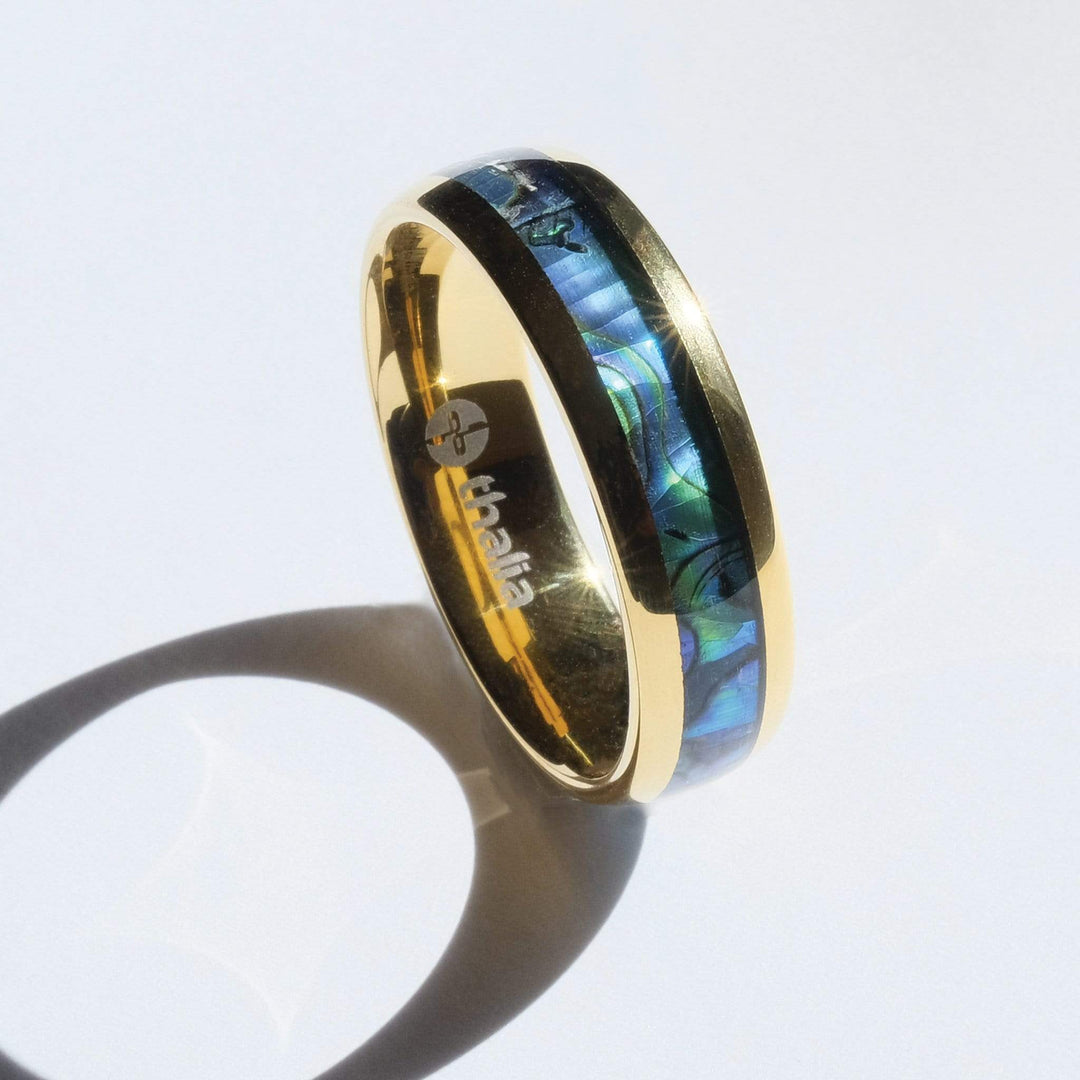The Legend of Greeny

A quick recap, Peter Green was a British guitarist who got his start in the 1960s during the great English Blues invasion. In 1967, he replaced Eric Clapton in John Mayall’s Blues Breakers before founding a band called Fleetwood Mac (yes, THAT Fleetwood Mac), which was an English blues band for the early part of their career. He had great strengths as a songwriter, who was responsible for hits such as “Black Magic Woman” (made famous by Santana), and "The Green Manalishi (With the Two Pronged Crown)" (popularised later on by Judas Priest).
He was also highly praised as a guitar player by his contemporaries with great technique, impressive restraint and a fantastic tone. Eric Clapton loved him. B.B. King got goosebumps when he played. After Fleetwood Mac, he would perform in different groups on and off until he died in 2020.
A guitar’s life
Part of the allure of Peter Green was his 1959 Les Paul, affectionately dubbed by all as “Greeny”. This has become one of the great instruments forever associated with its player, much like Eddie Van Halen’s “Frankenstein” and Zakk Wylde’s “Grail” Les Paul. Green acquired the instrument in 1967 when he joined the Blues Breakers and used it extensively during his time with Fleetwood Mac. If you heard Peter Green during this time, you also heard Greeny.Greeny has also led an interesting life as it changed hands a few times. In 1970, Green sold the Les Paul to Gary Moore for the equivalent of USD 120 (or USD 970 today. Can you imagine paying that much for a 1959 Les Paul?! A 1959 Les Paul today, which is not Greeny, can fetch up to USD 400,000!)
Moore used that guitar extensively during his solo years and his stint with Irish rockers Thin Lizzy. It’s the guitar that Moore used on “Parisienne Walkways”, and can also be extensively heard on the album Blues For Greeny. Moore also modified the guitar slightly while it was in his stead, replacing the tuners, knobs and pickguard.
Moore sold the guitar in 2006 to a private collector for somewhere between $750,000 and $1.2 million. The guitar was sold among collectors for a few years before finding itself in the hands of another legend.
In 2016, the guitar was acquired by Metallica’s Kirk Hammet for a very dear amount of money (a couple of million. He probably found it between the sofa cushions.) Like Joe Bonamassa (who sees his vintage guitars as tools meant to be used), Greeny can be seen on the road with Metallica on the songs “Fade To Black” and “Whiskey In The Jar” (a Thin Lizzy cover song). Hammett also famously used the guitar during a Peter Green tribute show in 2021, joining the likes of Mick Fleetwood on stage for “The Green Manalishi (With the Two Pronged Crown)”.
A factory error, a happy accident
Part of the charm of the instrument was the pickups. After removing the neck pickup for a while, Green eventually put it back in, only backwards. The magnet’s polarity was also reversed (likely an error at the factory - hey, it happens), making it magnetically out of phase with the bridge pickup. The result of this is a thin, strat-esque sound that is not common on a Les Paul when the pickup selector is in the middle position. As Greg Koch demonstrated on the Wildwood Guitars YouTube channel, the sound has a very thin tone to it (ideal for playing Albert King licks). The trick with this wiring and reversed polarity also lies in how the volume controls are used. Koch showed that rolling back ever-so-slightly on one of the volume knobs in the middle position thickened up the sound considerably, making for a very distinct and useable tone (kind of like a thicker single-coil pickup sound).
This tone and configuration are so distinct that people would take their guitars into the shop to have the “Peter Green Mod” done to them. This can be achieved through some fancy wiring and a phase switch to make the pickups out of phase. Consequently, this can be also achieved by taking a pickup apart and physically reversing the magnet (possible for those who are brave to take apart a humbucker but may be best left to your local tech). Pickup companies have also created humbucker sets with the reversed magnet, allowing players to get that Greeny sound as easily as swapping out their pickups.
It’s not often that such a tool has found its way into the hands of many great musicians. It’s also a testament to that tool when many are ready to modify their guitars to capture what was unique about them. If you ever have a chance to try a guitar like Greeny, you will find some magic in that middle position. You may just fall in love with it yourself.
By Kevin Daoust - instagram.com/kevindaoust.gtr





















